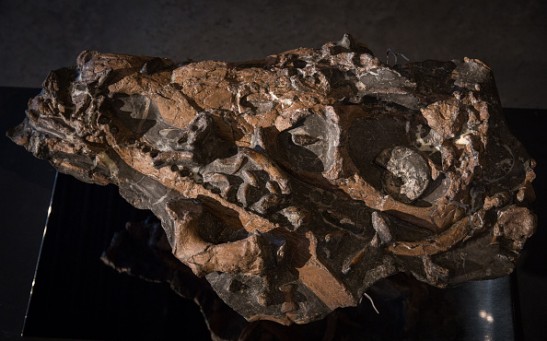fossils
A New Species is named following the Discovery of a 3-Million-Year-Old Jaw Fragment

Can Dinosaur Skulls Tell Us Just What They Ate and How?
Most Popular

China’s Tiangong Space Station to Expand Its Capabilities With New Modules

AI Revolution in Medical Education: Transforming How Healthcare Professionals Learn

Exploring Life Beyond Earth: Study Claims Other Planets Could Be Suitable for Alien Life

Out of Office, Not Out of Mind: Planning for Employee Holiday Absences






